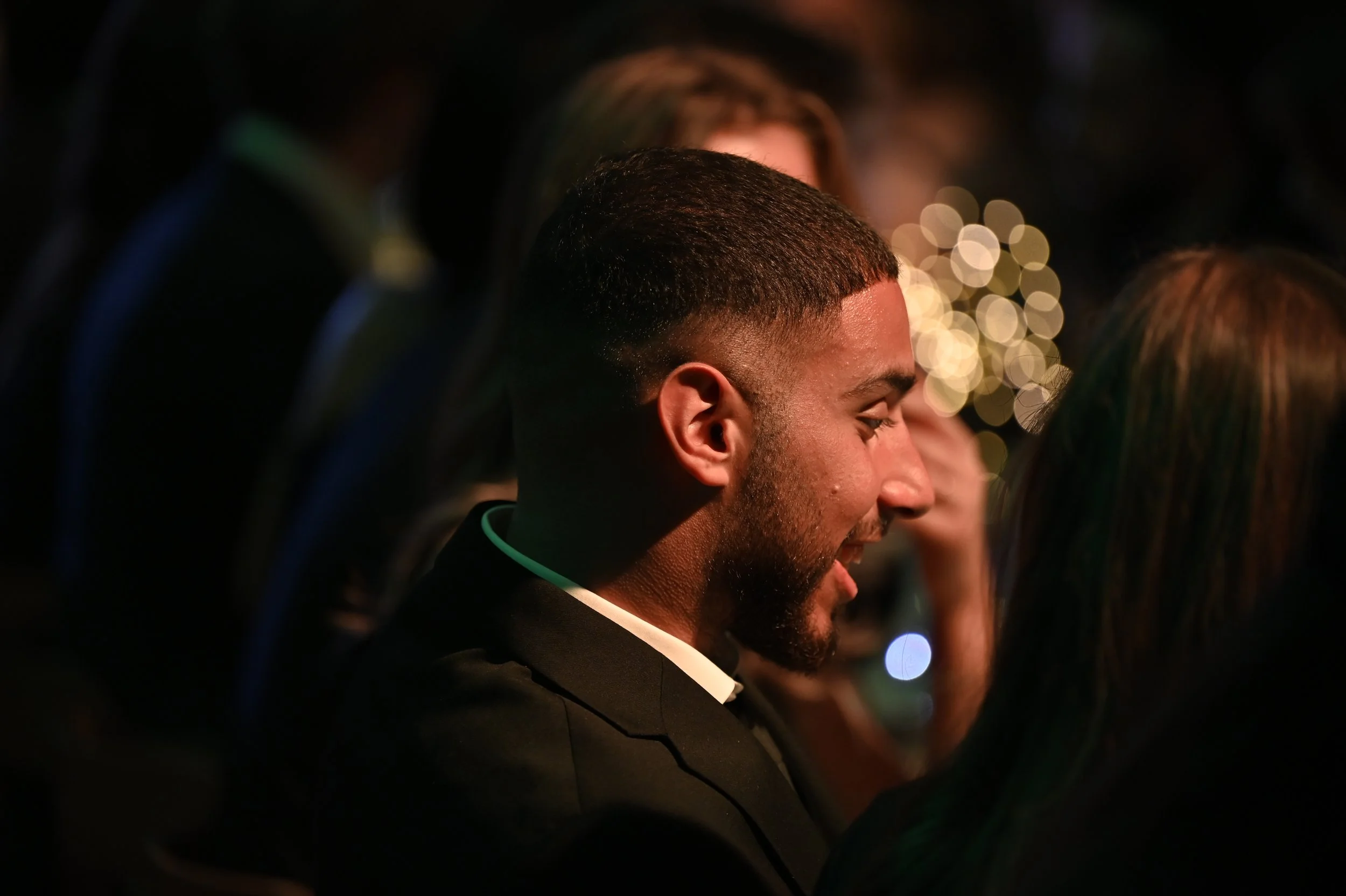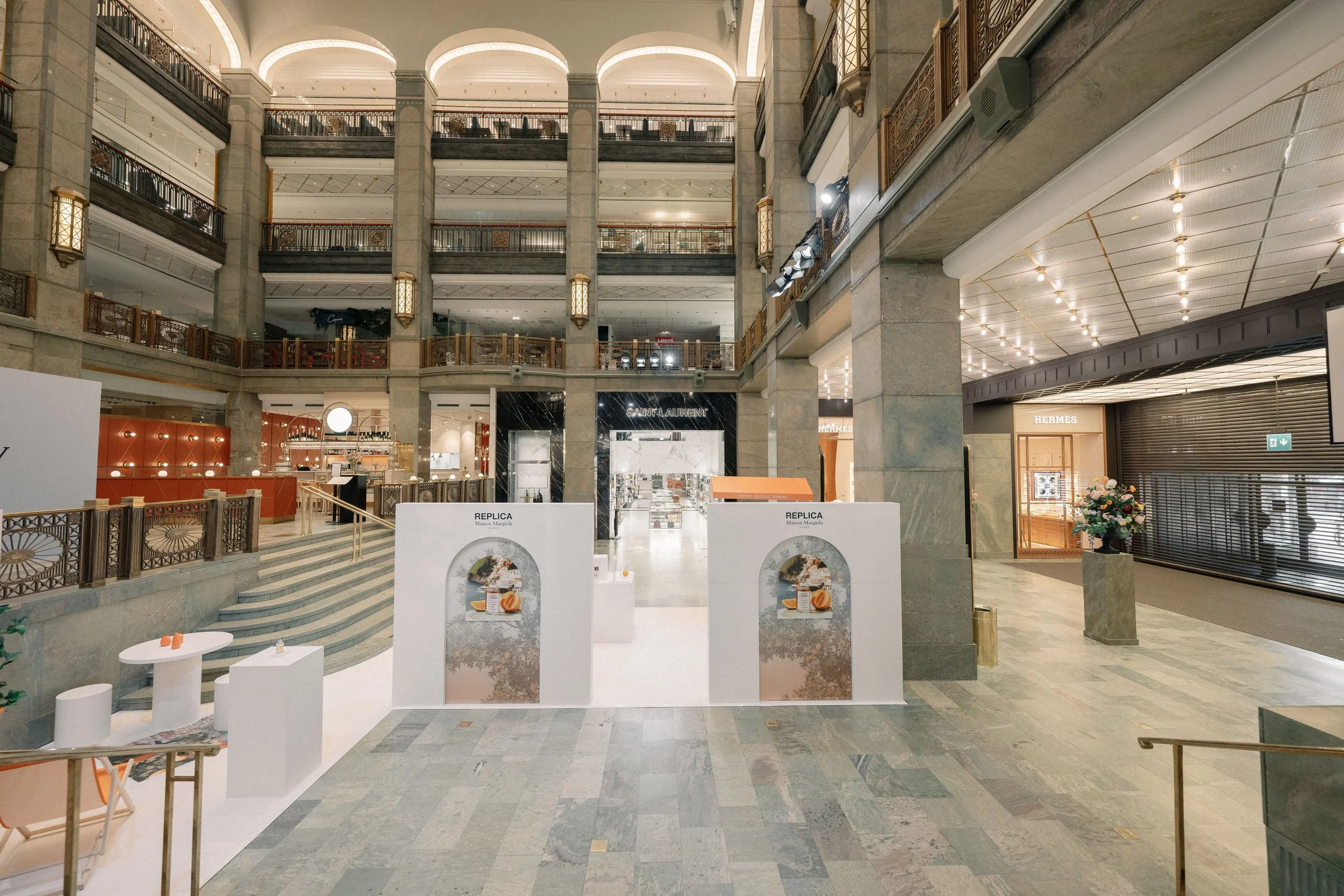How to Shoot Great Event Photography: Practical Tips & Real-World Advice
Event photography is one of the most dynamic and challenging types of photography. It covers a wide range of occasions — from corporate gatherings and concerts to weddings and product launches. A great event photographer isn’t just a “recorder”; they’re a storyteller. Here are some key techniques and practical tips to help you level up your event photography.
Pre-Event Preparation: Know the Flow and the Client's Priorities
Understanding the nature of the event, the key moments, and the people involved is essential. Preparation is everything. Here’s how:
Talk to the client: Clarify what they want captured — keynote speakers, stage shots, guest interactions, branding, etc.
Scout the venue (if possible): Observe lighting, space limitations, and layout.
Make a timeline: Note key moments like speeches, reveals, performances, or award ceremonies.
📝 Pro Tip: Ask the client, “Which moments or details are absolutely must-capture for you?” It will guide your shot list.
Use the Right Gear
You’ll need equipment that performs well in unpredictable lighting and allows for fast reactions. A recommended setup includes:
Camera: A fast-focusing body with strong low-light performance (Canon R6, Nikon Z6II, Sony A7IV, etc.).
Lenses:
24–70mm f/2.8: The workhorse lens for general coverage.
70–200mm f/2.8: Perfect for stage or distant candid moments.
35mm or 85mm f/1.4: Great for portraits or shallow depth-of-field shots.
External flash: Optional but helpful. Use bounce flash or a diffuser for natural results.
Extras: Always bring spare batteries and memory cards. Events drain power and storage faster than you'd think.
During the Shoot: Be Thorough, Sharp, and Respectful
✅ Capture Everything – Even the “Small Stuff”
Event coverage isn’t just about the big moments. Small, seemingly insignificant details often matter to the client:
Decorations, lighting design, catering, branded signage, gift bags, check-in desks
Staff working behind the scenes, guests mingling, reaction shots
These images can be crucial for internal reports, marketing, or future promotions. If in doubt, shoot it — better to have it than miss it.
📌 Reminder: Don’t just shoot what stands out. Look for the quiet, subtle elements that complete the story.
✅ Be Quick on Your Feet
Lighting changes fast. Subjects move. Great event photographers react instantly. Learn to anticipate — not just respond.
✅ Focus on Peak Moments
Look out for moments of high emotion or interaction — laughter, applause, speeches, awards, cheers, etc. These often become the “hero” shots.
✅ Mind Your Presence
Move silently, stay out of the way, and avoid blocking guests’ views. Be professional, discreet, and respectful — especially around VIPs or speakers.
Capture Emotion and Story
Good event photography goes beyond "who attended." It captures how it felt to be there:
Watch for subtle facial expressions, hand gestures, and eye contact.
Capture both formal and candid moments.
Get perspectives from all angles — guests, staff, speakers, audience.
📸 Composition Tips:
Use foreground and background to create depth.
Diagonal lines add energy and movement.
Don’t be afraid to experiment with light and shadows for artistic shots.
Maison Margiela at NK
Post-Production & Delivery
You may end up with hundreds or even thousands of photos. Your job in post-production is to curate efficiently and edit cleanly.
Selection: Eliminate duplicates or near-identical shots. Focus on the most expressive and meaningful frames.
Editing: Adjust exposure, color balance, contrast, and crop for better framing. Clean up any distractions or imperfections.
Delivery:
Organize photos into folders or galleries (e.g., “Speeches,” “Candid Moments,” “Decor & Venue”)
Provide high-res and web-optimized versions
Optional: Use platforms like Pixieset, Dropbox, or Google Drive for delivery
Bonus: 5 Small Tips That Make a Big Difference
Observe: Study how others shoot events. Dissect their lighting and composition.
Practice: Each event hones your reflexes and eye for detail.
Ask for feedback: Let clients tell you what they love or miss. It helps you grow.
Refine your editing: Develop a consistent look and workflow.
Bring two cameras: Avoid wasting time changing lenses during fast-paced moments.
KTH DKP Welcoming Event
Final Thoughts
Event photography is a blend of technical skill, speed, empathy, and awareness. You’re not just taking pictures — you’re telling a story, often in real-time. Be prepared, shoot with intention, respect the space, and most importantly, never underestimate the value of a photo that seems unimportant.
Because to your client — it might be the one they needed most.





